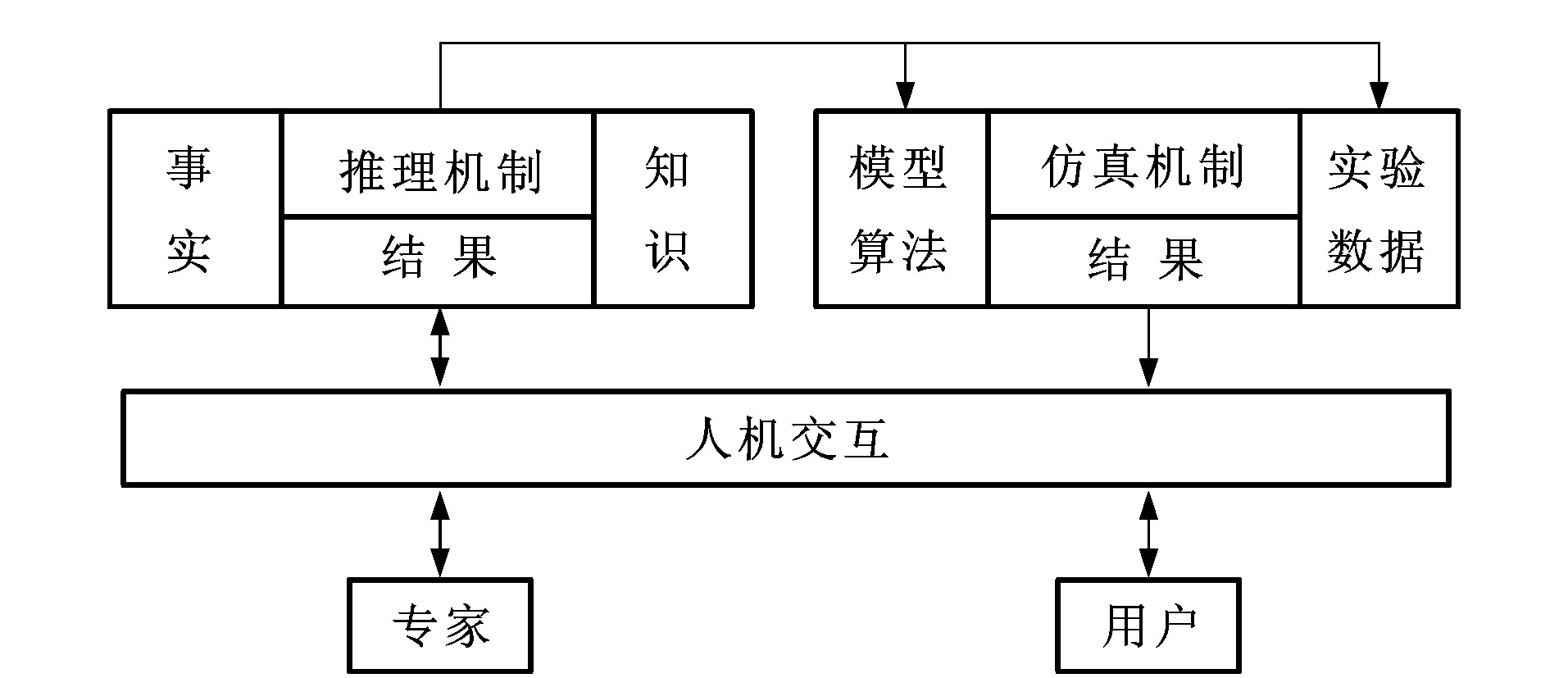Traffic guide simulation system with four intersections
Article Text (Baidu Translation)
-
摘要: 基于城市道路交通的拥挤和阻塞主要表现在若干个交叉路口的事实, 提出了以四交叉路口为对象的交通引导仿真系统模型框架, 并讨论了实际选取交叉路口应考虑的三个方面的因素。如果把每个交叉路口的车流看作排队事件, 不同交叉路口的车流事件会发生冲突。轮询各个交叉路口的车流排队事件, 用事件驱动状态转移与专家系统技术相结合的方法来疏解事件冲突, 做出调整交通引导的决策。同时给出了仿真系统模型的目标、功能以及交叉口、车道、信号相位、信号周期等系统状态的描述Abstract: The urban road traffic jam mainly occures at some representive intersections.The paper brings forward the traffic guiding simulation system model framework in which four intersections are taken into account as the objects.The factors that affect the choosing of intersection are discussed.If the traffic flow at each intersection is regarded as queue affair, the conflict should take place between the traffic flows at different intersections.The expert system polls the traffic flow queue affairs at the intersections one by one by combing the event driven state transfer with expert system technology to resolve the affairs conflicts.Meanwhile, the objectives and functions of simulation system modeling, and system state such as intersections, lanes, phases and cycle length are described.
-
Key words:
- simulation /
- four intersections /
- traffic guide /
- expert system
-
[1] LU Li-sheng. Analysis on city traffic jam[J]. Journal of Shanghai University (Natural Science Edition), 1998, 4(3): 317-323. [2] GONG Yu, XIONG Guang-leng. Research on the combination classification of simulation system and expert system[J]. Journal of System Simulation, 1996, 8(4): 51-58. [3] Chit-Sang Tsang. A design of expert system architecture for communications engineering simulation[J]. Simulation, 1991, 25(2): 53-66. [4] Hossain M, McDonald M. Modelling of traffic operations in urban networks of developing countries: a computer aided simulation approach[J]. Computer Environment and Urban Systems, 1998, 22(5): 465-483. doi: 10.1016/S0198-9715(98)00040-4 [5] Hossain M. Estimation of saturation flow at signalised intersections of developing cities: a micro-simulation modelling approach[J]. Transportation Research 2001, 35(PartA): 129-147. [6] Fisher John E. Toward uniform left -turn guidelines [J]. ITE Journal, 1998, 68(7): 16-31. [7] WANG Ying-jie, JIA Li-min, SANG Yuan-qiu. Intelligent simulation system for Guangzhou-Shenzhen railway operation[J]. Computer Simulation, 2001, 18(6): 45-60. -





 下载:
下载:



